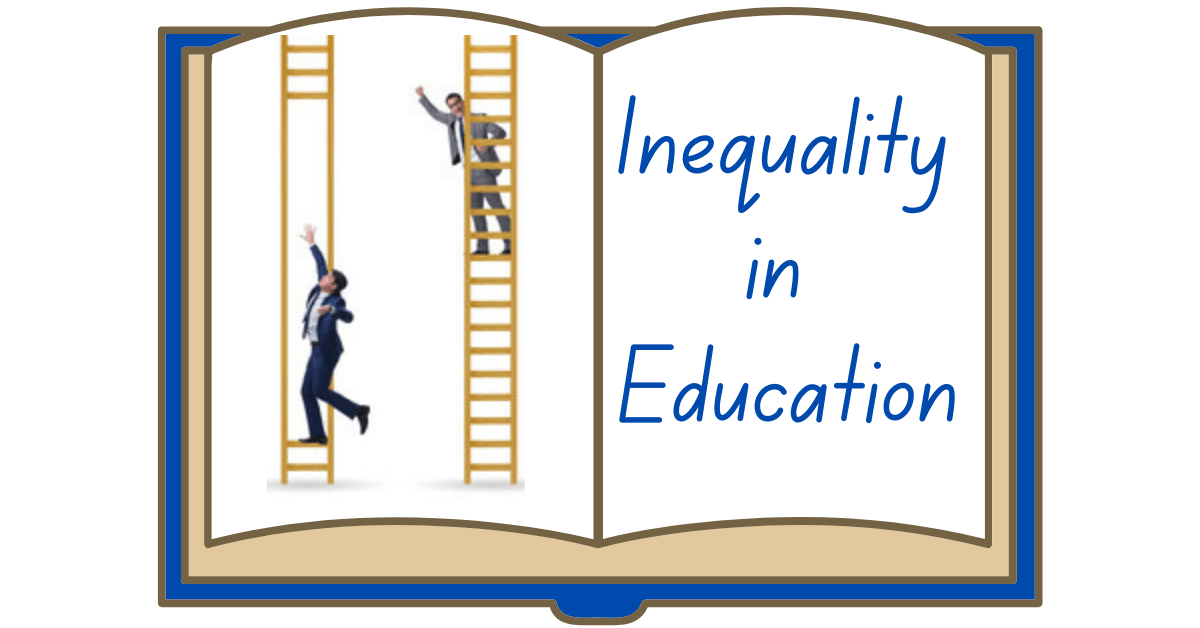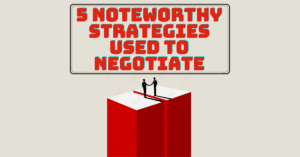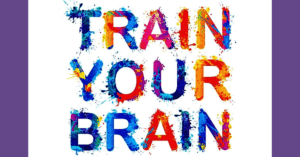Education is supposed to be the great equalizer. However, inequality in education is a bitter reality today. We are told to work hard and do well in school to be whatever we want once we grow up. Society creates a structure in this understanding of the school in which talent and work are acknowledged and awarded. In a pure meritocracy, two kids working equally hard and with the same raw talent should do equally well. Factors like their neighborhood, class, race, or gender should not affect the quality of education they receive.
“Education makes a people easy to lead, but difficult to drive; easy to govern, but impossible to enslave.”
– Henry Peter Brougham
Inequality in Education — Why grades cannot be the highest caliber to measure intelligence?
On the surface, our country has a meritocratic education system. Still, the measure of merit, like grades or SAT scores, only measures some’s talents consistently. Adopted grading systems do not measure an individual student’s interests and abilities. There is an influence of many factors outside the student’s control, like school quality or access to resources like books, technology, and highly qualified teachers.
Although a lack of resources and financial support from the government can lead to education inequality, things are more complicated than that. People faced inequalities in education irrespective of their social and economic condition. If they happen to belong to ethnic, religious, or bigoted minorities based on their race and gender, even those who are financially well-off can face inequality.
Education inequality in Pakistan
In Pakistan, the fact that the present education system is a weak point. It is not uncommon to find schools with widely different quality education, equipment, and outcomes merely a few minutes away from each other. The nation and its students seem beyond discussion seminaries, public schools, and private schools across Pakistan. The difference between learning outcomes for students is undeniable; this further promotes inequality in completing further education, jobs, possibilities, and wealth.
However, it is primarily due to the evolution of global competition in education and technology. This competitive environment is a fundamental need for the progress of any country. All countries, including Pakistan, have different school systems. However, we divide them into two major categories of school systems: private and public schools.
Social inequality and Schooling
Educating a child in private schools costs twice as much as it would cost public schools. Despite increased participation and attendance, gaps between the rich and poor continue. However, more access to primary education has contributed to more parents sending their children to private schools. Public schools faced several issues. Compared to private schools, there is one teacher for 100 students, where classes appear smaller and encourage individual attention. The presence of the privileged private education sector violates the concept of equal opportunities for education, meritocracy, and social equality.
Private schools no longer remain an urban or elite phenomenon.
However, unprivileged people are also dependent on these facilities to a large extent because the system provides better-quality education, especially in science and language. Even if anyone disregards the issue of whether quality education in private or public schools is better, the fact remains that the standards of learning for all types of institutions remain low. The impact of private schools over public schools is insignificant if we look at the other issues our education system faces in the country.
Inequality in Education – UNICEF Reports
According to UNICEF Pakistan:
“Pakistan has the world’s second-highest number of out-of-school children, an estimated 22.8 million. Children aged 5-16 are not attending school, representing 44 % of the total population in this age group.
In the 5 to 9 age group, 5 million children still need to enroll in school. After primary school, the number of out-of-school children doubles, with 11.4 million minors between 10 and 14 not receiving formal education. Inequalities based on gender, socio-economic status, and geography are significant; in Sindh, 52 % of the poor children (58 % girls) are out of school. In Baluchistan, 78 % of girls are out of school.
Nearly 10.7 million boys and 8.6 million girls enrolled at the primary level, and drops to 3.6 million boys and 2.8 million girls at the lower secondary level.”
The education system in Pakistan needs to be stronger. School budgets are often low, technology is lacking, and educators are illegitimate. Change must begin at the management level. It is essential to understand that the government alone cannot confront the current education emergency in Pakistan.
How to reduce inequality in Education
The government needs the private sector’s help to contest the challenges. The flood security issues and citizens’ dislocations due to the country’s regional conflicts also pose concerns that the households and state need to plan around in the future. The need of the hour is a collective action by all the stakeholders, including the government, the private sector, and civil society.
Closing Thoughts
It would be more fruitful if the government used its money to enhance the standard of the existing education system rather than increasing the number of colleges. One such strategy includes expanding children’s access to education by growing the number of schools. This strategy would allow the government to focus on improving the quality of physical facilities and teachers in existing schools. So, the government and private sectors must go hand in hand to provide better education for all.
You may also like -> Ways to train your brain to learn more.
-> For short writeups on different topics, you can visit our Blogs & Write-ups section.




